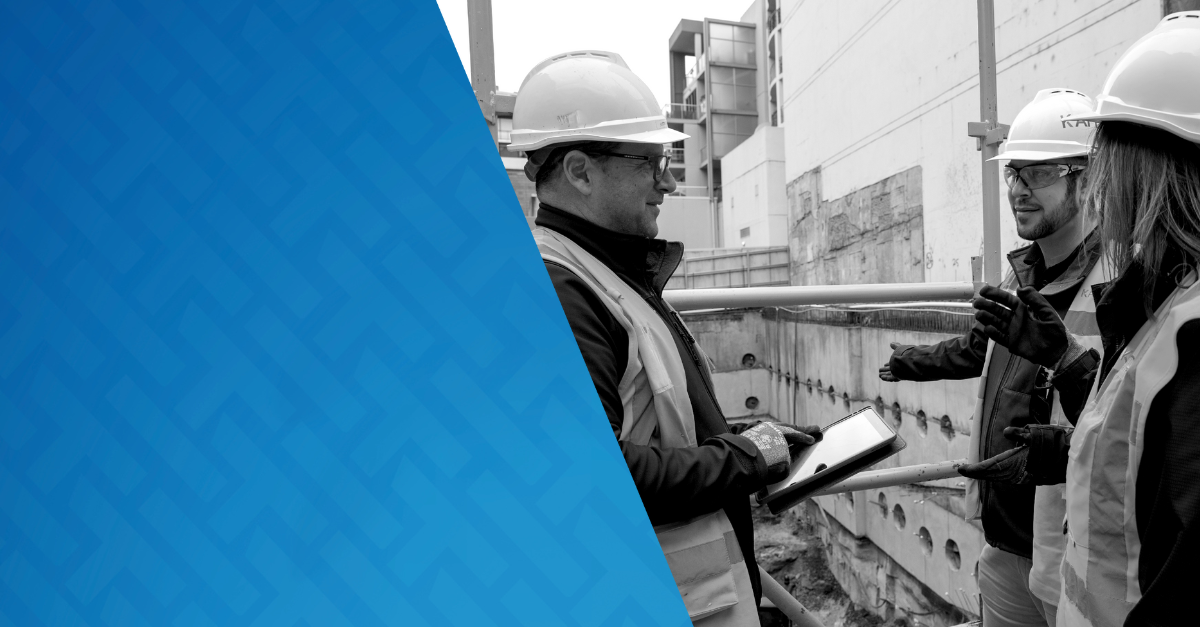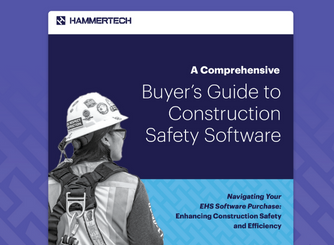Learning from new research project on the business of safety
Safety is not only a moral imperative for our industry, which by its very nature is high-risk (especially for those working at height, in poor lighting, underground, or with potentially hazardous materials), but also a financial one.
A reputational hit for a construction firm can translate into a financial loss through HSE fines, legal action from injured employees, equipment replacement costs, and lost project contracts. Less tangible but a major challenge in the current tight labour market are the cost of lower employee morale and a diminished employer brand, making it harder to recruit and retain staff.
Having a clear economic value for safety interventions can therefore be highly valuable for the UK construction market, helping health and safety managers to get buy-in on the most effective safety solutions and preventing the risk of reputational and financial loss.
An exciting new project, combining practitioner expertise and academic research, could be the way forward to cement the business of safety across our entire sector.
Putting a value on safety investment and innovations
There are already a number of software and hardware innovations in the market that can improve safety systems while delivering healthy financial and operational benefits. But getting buy-in to change from the status quo can be challenging.
Boards and senior management teams will ask to see clear evidence of tangible financial benefits before approving new safety systems. This is where new research from the U.S. could prove to be a lifeline for construction safety managers looking to build a business case and spearhead safety innovations.
Brad MacLean, Chair Emeritus of the Construction Safety Research Alliance (CRSA) Board of Advisors in the US, is working with Nathalie Moyen, professor of finance at the Leeds School of Business at the University of Colorado on a project to define the return on investment (ROI) of safety measures.
“I’ve been involved in health and safety for 33 years,” Brad explains, “It’s always been clear that safety performance matters. It matters when winning new contracts, it matters in attracting and keeping employees, and it matters to a construction firm’s bottom line.
“This industry is more safety conscious now than ever before, but there is a need to bring discipline to health and safety in construction, which up until now has been rife with judgement calls and situational factors.
“This project sees us at the CRSA merge academics with practitioners to analyse huge amounts of data, to put an economic value on safety measures.”
“We know that implementing a culture of safety is the right thing to do morally,” adds Nathalie, “We want to show that it is also the right step for businesses to do economically. We are identifying single safety interventions, looking at both the short and long term impact of each intervention, then connecting it with a firm value.”
Recommending the right interventions
Safety interventions such as software not only make it far simpler for health and safety managers to access safety information for client contracts, but also increases efficiency, reducing the time required to find this data manually, as well as cutting down on paperwork. This efficiency clearly has financial benefits for construction firms.
Examples of these interventions include safety platforms that digitise safety processes like worker on-boarding and hazard management, becoming a hub for everything related to EHS and site operations, helping to consolidate multiple apps. Other examples include robotics and exoskeletons that can carry out overly repetitive tasks like re-bar tying and drywall installation, or augment human movement body to reduce repetitive strain and risk of physical injuries.
 Download your free EHS Software Buyer's Guide
Download your free EHS Software Buyer's Guide
When implemented, safety innovations can do much more than just keep sites and workers safe. They help to streamline construction EHS processes, giving teams more time back in the field instead of spending it on paperwork and provide greater risk visibility to drive preventative actions. Overall, this can increase client trust to win repeat work, reduce costs and contribute to a strong safety culture within firms.
The hope is that the CRSA research will equip construction safety strategists with the tools they need to recommend the interventions that will make the biggest impact and provide the largest ROI. By doing so, senior management can be more easily persuaded to invest in such interventions.
Business of safety learnings for the UK
The CRSA project is still in its early stages, and focuses primarily within a North American framework, but Brad and Nathalie see significant learnings that the UK construction industry can take from their research so far.
“Once this project is completed, we will have specific guidance on the most impactful safety interventions that can be put in place,” says Brad. “Safety practitioners can then use the scientific rigour of this research to apply to their own strategies, and use that knowledge at budgeting time to get enthusiastic buy-in from management.”
UK industry bodies such as Construction Industry Council and Chartered Institute of Building will no doubt be looking closely at the outcome of the CRSA project, with the potential to replicate this kind of research within a UK context.
For now, it’s clear that there are big cost savings to be made when a culture of safety is rolled out across a business or organisation. “The whole point of this kind of work is to prevent injuries and fatalities,” concludes Brad, “but alongside that, if we can use this scientific approach to show the economic value of safety interventions, we can ultimately save money for construction firms - making workplaces safer and more compliant.”
James Alexander is the Head of Safety Technology at HammerTech, a leading EHS software platform for the global construction industry.





